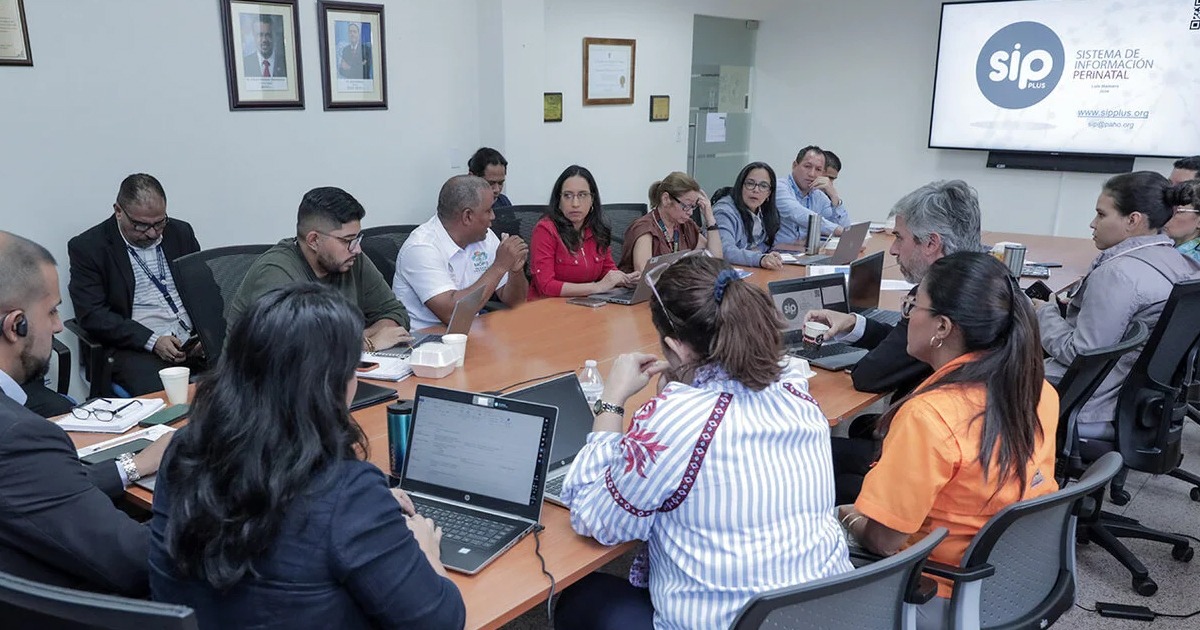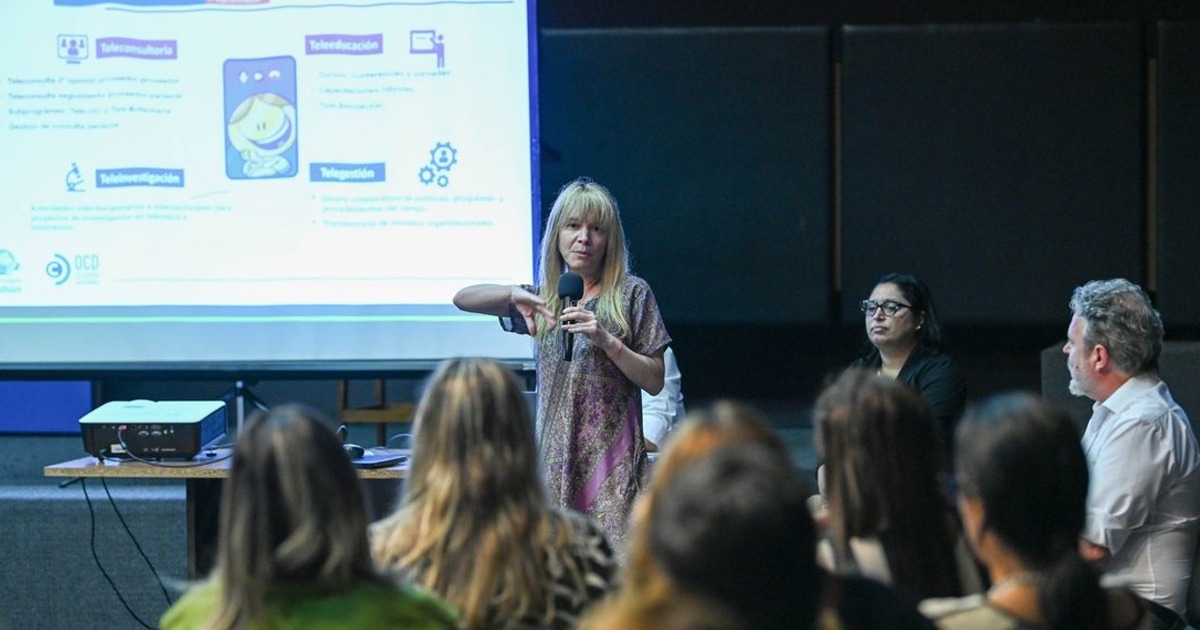The Journal of the American Medical Informatics Association published an essay pointing out the challenges and possible failures to which Digital Health systems are exposed through their interactive applications and software that provide information for the care and monitoring of users' health.
Digital Health uses the new Information and Communication Technologies (ICT) to strengthen public health services and improve the quality of results by being faster and more accurate.

In this way, the mobile applications used in portable electronic devices allow the patient to be able to take control of their state of health, their care and constant monitoring without the need to spend time and money by periodically going to the doctor.
The software integrated in the apps, allows to obtain data and information of the vital signs, habits, weight, etc. and to provide guides, advice and distance consultations through telemedicine.
This is the reason why the regulation of these digital platforms has to go through an analysis of design and quality that ensures the proper functioning for the comfort and safety of the user.
The following report selected several sources and data samples to identify possible risks and negative consequences that could affect the use of these systems such as:
- Potential or actual damage to a consumer: If the information provides incorrect data that causes serious problems in the person's health.
- A sequence stopped or interrupted: The user can recognize the failures in the operation of the device and decide not to use it.
- Remarkable consequence, but without damage: For example, when the application takes too much time to respond and give results.
- Without noticeable consequence: There is no direct condition, the client simply did not like the way it works or the design of the software.
- Dangerous event or circumstance: When there is still no direct damage, but there is a risk of suffering it by providing incomplete information as requested.





